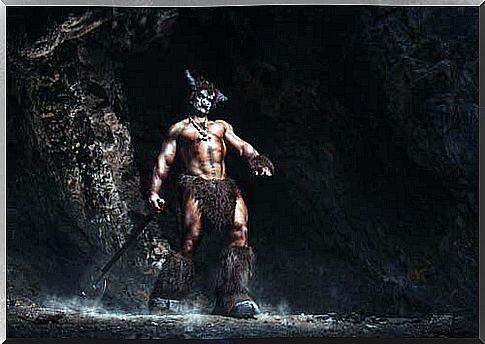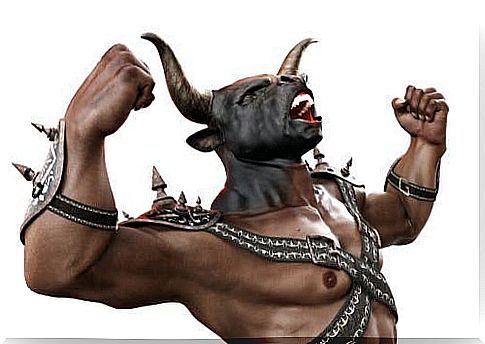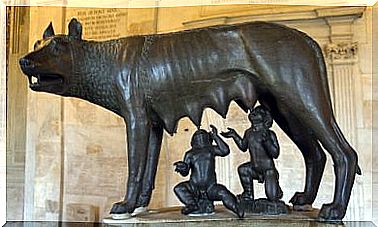Did The Minotaur Really Exist?

The collective imagination played in its favor. The belief around the figure that has a human body and a bull’s head has spread around the world for many years. The scientific answer as to the actual existence of the minotaur is generally negative. However, oral and written traditions say otherwise.
In Greek mythology, this is one of the most beloved fables. The story of King Minos, his wife Pasiphae and the Bull of Crete is one of the most widespread myths in the world. The wrath of the god Poseidon was the trigger of this story, staged in 1900 BC.
an exposed betrayal
Poseidon was infuriated by Minos’s failure to keep his word about sacrificing a beautiful white bull that had emerged from the seas in his honor. That would be the tribute for having helped him become king after the death of his father Asterion. Instead, Minos sacrificed another animal from his herd.
In revenge for the fraud, Poseidon inspired in Pasiphae an irresistible passion for the Bull of Crete, by which she became pregnant. From this union, the minotaur was born, a wild monster with the head of a bull and the body of a man who ate only human flesh.
From the beginning, an artisan named Daedalus was instrumental in the story. He built the cow within which Pasiphae consummated her union with the beautiful animal that emerged from the seas. The skin of the cow placed over the artisanal creation confused the Bull of Crete.
According to Greek mythology, Daedalus also built, in the city of Knossos, the labyrinth of Crete, which consisted of a series of intersecting corridors. Only one of these passages led to the center of the structure, where the minotaur was abandoned.

the conditions of surrender
The death of Androgeus, son of Minos, after being crowned champion in an Olympic competition in Athens, made his father’s anger explode. Minos declared war on the Athenians, whom he defeated with the help of the plague that plagued them.
Conditions imposed for surrender included the sacrifice of 14 young Athenians. Every six years, seven boys and seven maidens would serve as food for the minotaur. They were locked in the labyrinth, inside which they wandered for several days, unable to get out. When they found the monster, they were devoured.
Theseus and the ball of yarn
Theseus, son of the ninth king of Athens, called Aegeus, set out to free his people from the sentence imposed by Minos. For this, he decided to be part of the third group of 14 young people who would be abandoned in the labyrinth of Crete.

Once again, Daedalus appears in history. At the request of Ariadne, daughter of Minos who fell in love with Theseus, the artisan offered a way out. A ball of yarn that the young woman gave to the hero was tied at the entrance. As he walked through the maze, the thread unraveled. After killing the minotaur, Theseus coiled the string and found the way out.
Did the minotaur really exist?
In Crete, there is an underground place with intersecting corridors. The only way to cross them is to use cables so you don’t get lost. In its central room, similar to what is described in the legend, some names are engraved. There are also manuscripts that attest to the existence of King Minos.
The corridors, however, have nothing to do with the Cretan labyrinth, that kind of prison that housed the minotaur. No such buildings have been found in Knossos, the city on the island of Crete that is the setting for this remarkable legend from Greek mythology. There are also no artistic traces that testify to the presence of the minotaur or the facts related to its existence.
Thus, abstract memory occupies the main role. The minotaur is more related to comparisons or metaphors about situations from which it is difficult to escape. The impossible conception between a human and a bull is part of the consideration when analyzing whether the minotaur really existed.
Often, fables, myths or legends arise from real events transformed by the collective imagination. With this, we seek to explain inexplicable events in each period.
These legends are also symbols of situations that humans have faced throughout their lives. And they are an indescribable source of wisdom that has allowed us to pass on values from generation to generation.









